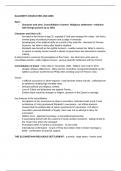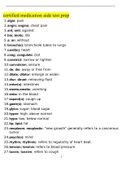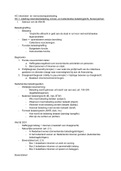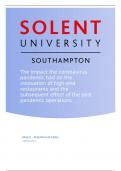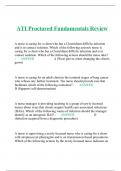Summary
Summary Elizabeth I - Tudor A Level Notes History
- Module
- Breadth study
- Institution
- AQA
Queen Elizabeth I section of the Tudor Breadth study component of history a level - written by student awarded high A Star Grade in 2024 A Level examinations. Organised by theme in chronological format - as indicated by the specification. Includes key dates, events, questions and historians' opin...
[Show more]
